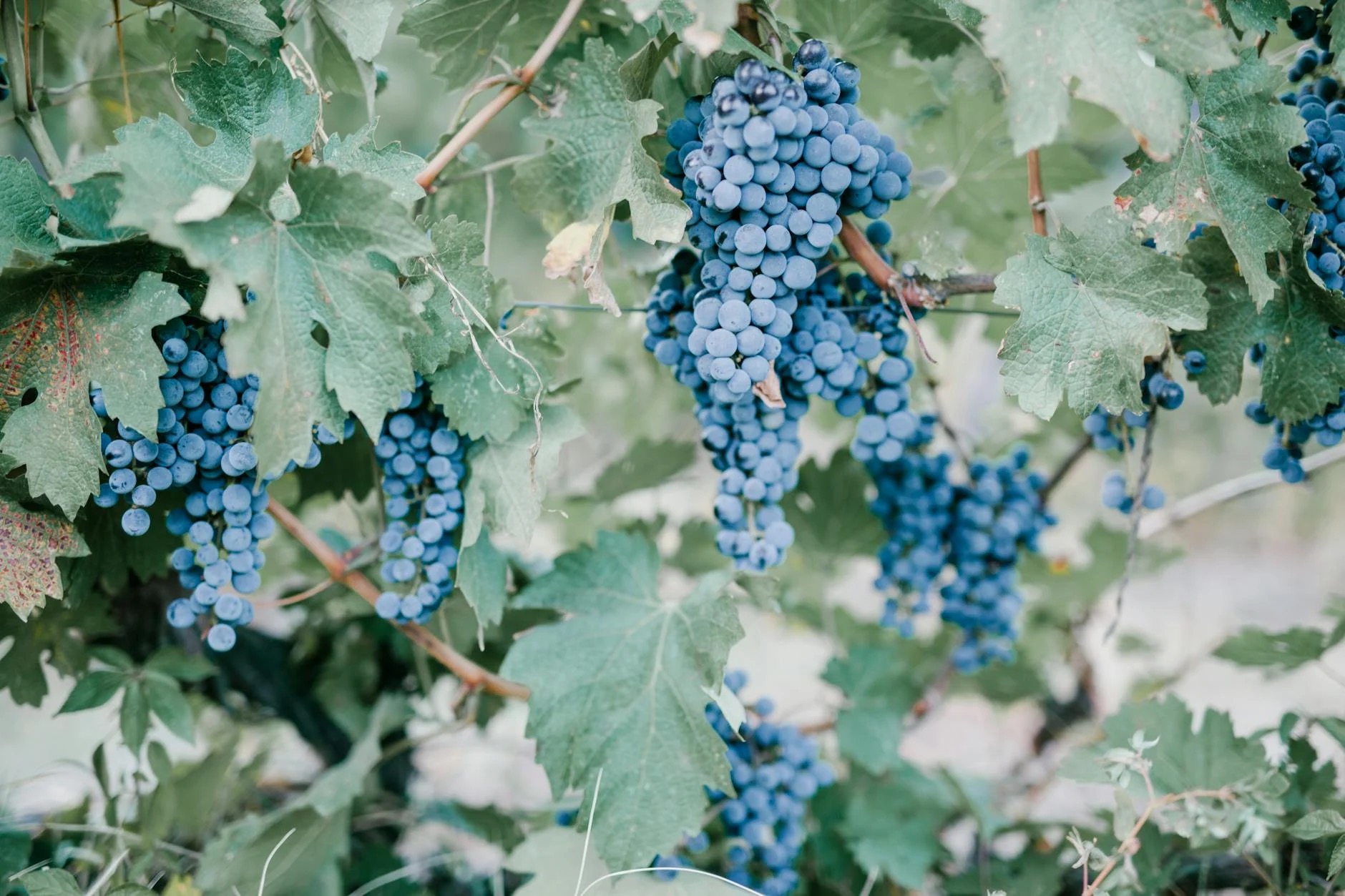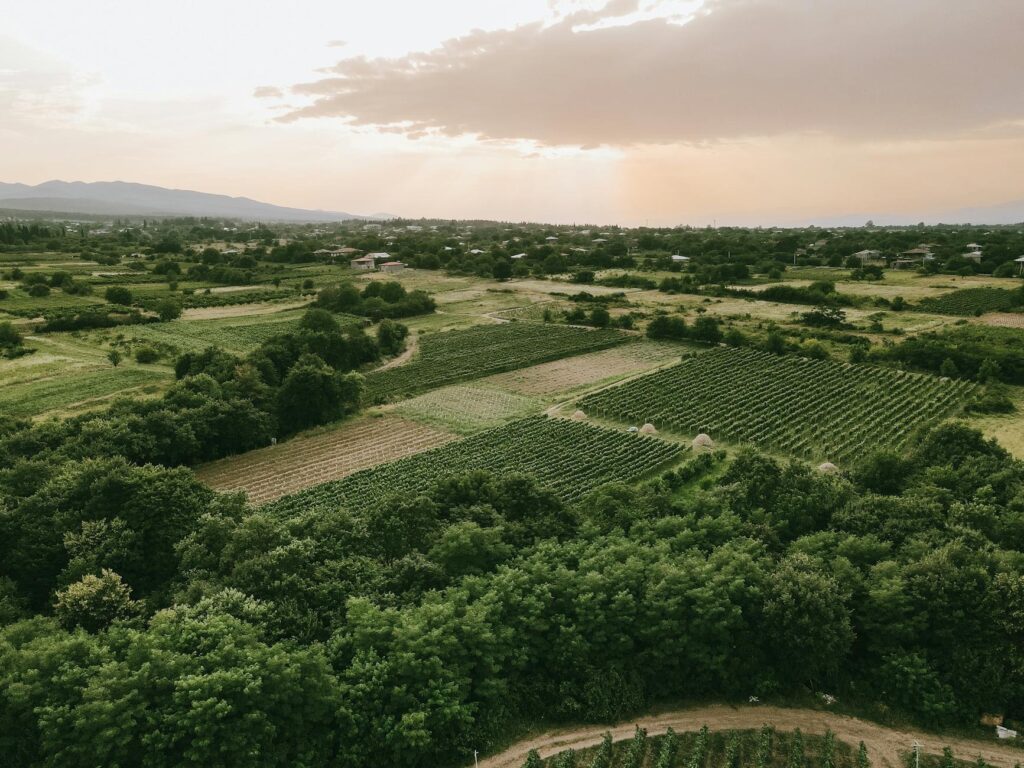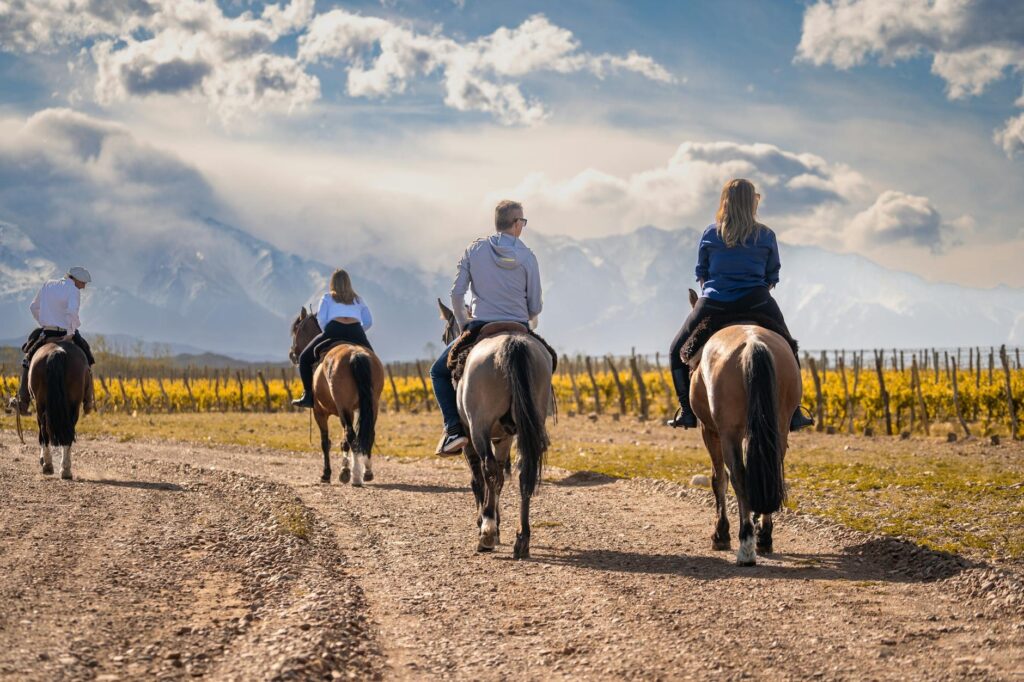
Georgia’s Ancient Wine Region: A Budget Travel Spot to Watch in 2025
Georgia is one of the world’s oldest wine regions, with a tradition that dates back over 8,000 years. Its landscape is dotted with vineyards growing unique native grapes and traditional winemaking methods still thrive, especially in regions like Kakheti.
Beyond wine, Georgia is becoming a favorite spot for budget travelers who want to experience rich culture, delicious food, and stunning scenery without breaking the bank. Affordable accommodations and authentic local experiences make it easy to explore this historic country in 2025.
In this post, you’ll find why Georgia’s wine heritage and wallet-friendly travel options are drawing more visitors each year—and why it deserves a place on your travel list.
Historical Significance of Georgia’s Wine Region
Georgia’s wine region holds a place not just in the country’s heritage but in the history of winemaking itself. Here, the art of turning grapes into wine goes back thousands of years, connecting the past to the present in a remarkable way. Exploring the origins and traditions in Kakheti offers a vivid glimpse into a culture where wine and life are deeply intertwined.
Origins of Winemaking in Kakheti
Kakheti, the heartland of Georgian wine, is home to one of the world’s oldest winemaking traditions, dating back an astonishing 8,000 years. Archaeologists have uncovered evidence of winemaking from the Neolithic era, including grape seeds and pottery fragments used in fermentation. These finds reveal that ancient Georgians pioneered techniques that are still in use today.
One unique feature that traces back to these early days is the use of Qvevri—large clay vessels buried underground for fermenting and storing wine. This technique creates a natural temperature-controlled environment, allowing the wine to mature slowly with minimal intervention. Imagine wines fermenting quietly beneath the earth, carrying the heritage of millennia in every sip.
The deep connection between soil, vine, and human hands in Kakheti has never faded. It’s a living tradition that invites visitors not only to taste but also to experience a genuine piece of history.
UNESCO Intangible Cultural Heritage: Qvevri Winemaking
The Qvevri winemaking method is so integral to Georgian culture that UNESCO listed it as part of the Intangible Cultural Heritage of Humanity. This recognition highlights more than just a winemaking technique—it honors a whole way of life combining craftsmanship, community, and nature.
Here’s what makes Qvevri winemaking special:
- Grapes are crushed and placed inside the Qvevri.
- Fermentation happens with the naturally present yeasts.
- Wine ages for months, often with the skins, seeds, and stems still in the vessel.
- The clay’s porous nature allows gentle oxygenation, adding complexity to the wine.
This method produces unique orange or amber wines that are rich in flavor, tannins, and history. Qvevri winemaking is passed down through generations, a constant in an evolving world. It remains a vital expression of Georgian identity, showcased in festivals, family gatherings, and everyday life.
You can learn more about this tradition through the UNESCO page on Ancient Georgian traditional Qvevri wine-making.
Key Indigenous Grape Varieties
Georgia’s wine story is also the story of its native grapes. Unlike the familiar Cabernet or Chardonnay known worldwide, Georgian winemakers champion ancient varieties that have grown here for centuries, shaping the character of their wines.
The two stars of Georgian grapes are:
- Saperavi: A deep red variety prized for its bold color and rich flavors. It produces wines that balance acidity with dark fruit and earthy undertones.
- Rkatsiteli: A white grape that offers crispness and vibrant acidity, often used in both still and sparkling wines. It’s one of the oldest white varieties cultivated continuously in the country.
These grapes define Georgian wine’s identity and give it a unique place on the world stage. Tasting a Saperavi or Rkatsiteli wine is like tasting a slice of Georgia itself, full of tradition, terroir, and timeless craftsmanship.

Photo by Julia Volk
From ancient vessels buried beneath the earth to thriving vineyards, Georgia’s wine region offers a rare journey through history in every bottle. It’s not just about drinking wine—it’s about tasting the story of a land that gave birth to the tradition itself.
Wine Tourism in Kakheti: Immersive Cultural Experiences
Kakheti isn’t just about sipping some of the world’s oldest wines—it’s where ancient traditions come alive, woven into everyday life. Wine tourism here is a deep dive into culture, history, and community. From charming towns to historic monasteries, from lively feasts to local dishes that match every wine, Kakheti invites you to immerse yourself fully in its rich heritage. Whether you’re wandering cobblestone streets or sitting at a festive table, it’s a trip that speaks to the senses and the heart.
Visiting Sighnaghi: The City of Love and Wine
Sighnaghi is a small town with a big personality. Picture narrow streets lined with pastel-colored houses, flowering balconies, and views stretching over rolling vineyards to the Great Caucasus Mountains. Locals call it the “City of Love” because the romantic setting inspires visitors and couples alike.
This place is dotted with cozy wine bars where you can sample local wines poured by passionate sommeliers. Many bars offer tastes of Saperavi and other indigenous varieties alongside warm hospitality. Tourists stroll ancient city walls, snap photos of the stunning sunsets, and enjoy the laid-back vibe perfect for lingering and savoring every sip.
Sighnaghi is also a hub for wine tours, making it easy to explore nearby family-run wineries. It’s a gateway to authentic experiences without sacrificing comfort or charm.

Photo by ROMAN ODINTSOV
Historical Wineries and Monasteries
Step back in time at the Alaverdi Monastery, a place where Christianity and wine culture blend seamlessly. Dating back to the 6th century, Alaverdi is famous for its ancient wine cellars carved deep into the rock. Local monks and vintners still use these cool, dark chambers to ferment wine in traditional Qvevri vessels underground, just like their ancestors did centuries ago.
Nearby, historical estates and old wineries offer tours revealing grape-growing secrets handed down over generations. Many of these wineries produce Qvevri wine as well as newer styles, all set in gorgeous landscapes.
Exploring monasteries and wineries side by side gives you a sense of how faith, culture, and craft have supported Kakheti’s wine story for centuries. For more on the best wineries, check out this guide to Kakheti’s top wineries.
Traditional Georgian Supra Feasts
The Georgian supra is much more than a meal—it’s a tradition that turns eating and drinking into a lively cultural event. A tamada, or toastmaster, leads the feast, delivering heartfelt toasts filled with history, humor, and respect. Each toast is an invitation to reflect, celebrate, and connect.
At a Kakhetian supra, expect tables packed with local dishes, overflowing with wine bottles poured generously from Qvevris or carafes. Folk songs often follow toasts, filling the room with lively sounds that invite everyone to join in.
Wine here isn’t just a drink—it carries friendship and storytelling. The supra is a chance to experience the warmth of Georgian hospitality where food, wine, and music come together as one.
Culinary Delights Paired with Wine
Kakheti’s wines taste best when paired with the local fare designed to complement and balance their flavors. Imagine biting into khachapuri, a cheese-filled bread that’s warm, gooey, and satisfying. Or tasting mtsvadi, juicy grilled chunks of marinated meat that soak up smoky hints.
Another treat often found on the table is Churchkhela, a sweet and chewy candy made of walnuts dipped in grape juice and dried, which perfectly contrasts with the dry tannins of Saperavi.
These dishes, rich in flavor and tradition, enhance your wine tasting by creating a dining experience that lingers in the memory long after the last sip.
Discover what makes Kakheti’s wine and food pairing so unique and explore more cultural activities in the region on TripAdvisor’s list of things to do in Kakheti.
This section captures the essence of Kakheti’s wine tourism—not just the wines themselves but the deep cultural experiences that frame every visit.
Budget-Friendly Travel Tips for Exploring Georgian Wine Country
Traveling through Georgia’s wine country doesn’t have to empty your wallet. From cozy places to stay to affordable ways to get around, savoring local flavors, and tasting wines close to where they’re made—there are plenty of ways to enjoy this ancient wine region without spending a fortune. Here’s how to keep things budget-friendly while still soaking in the full experience.
Affordable Accommodation Options
When it comes to lodging in the Georgian wine region, you’ll find options that suit every budget, especially if you avoid peak tourist seasons. Budget guesthouses and hostels are abundant in towns like Sighnaghi and Telavi, often run by locals offering a warm welcome and authentic insight into the area.
- Guesthouses: Expect to pay around 20-40 GEL ($7-13) per night for a simple room with basic amenities. These usually include breakfast, and you might even get invited to taste homemade wine.
- Hostels: Dorm-style beds start at 15-25 GEL ($5-8), perfect for solo travelers or those wanting to meet others on a budget.
- Mid-range hotels: For a bit more comfort, small hotels charge between 50-120 GEL ($17-40) a night, often with charming views of vineyards or historic surroundings.
Booking ahead can snag deals, especially during harvest season when wine tourism picks up. Local platforms and apps are great for finding family-run spots that offer authentic stays without the high cost.
Cost-Effective Transportation Within Georgia
Getting around Georgia’s wine country is surprisingly easy and affordable. The road network connects major towns like Tbilisi, Signaghi, and Telavi via marshrutkas—minibuses that run frequently and cost just a few lari per trip.
- Marshrutkas: The best budget choice, fares usually range from 1 to 5 GEL ($0.30-$1.60) depending on distance. They’re a shared ride but reliable and quick.
- Public buses and trains: Local buses within cities or regional trains offer an even cheaper way to travel, though schedules can be irregular.
- Ride-hailing apps: Services like Bolt and Yango operate in Tbilisi and some regional centers, often charging less than traditional taxis. Short rides start at around 3-5 GEL.
- Car rental: For more freedom, renting a car is reasonable. Compact cars go for about 70-120 GEL ($23-40) a day, though budget travelers may prefer group tours or marshrutkas to save.
Planning routes in advance helps avoid last-minute expenses. Most locals recommend marshrutkas because they are cost-effective and let you experience everyday Georgian life.
Low-Cost Dining and Local Markets
Eating well on a budget in Georgia’s wine region is easy—and delicious. Small homey restaurants and food stalls serve traditional dishes at prices that won’t strain your travel funds.
Look for these highlights:
- Local eateries: Places known as supra houses or small cafés can serve a filling meal for just 10-15 GEL ($3-5). Try khachapuri (cheese bread), mtsvadi (grilled meat), and fresh seasonal veggies.
- Markets: Visit local farmers’ markets where fresh produce, bread, cheese, and even homemade wine are sold at low prices. This is a great way to grab picnic supplies.
- Street food: Lunch on the go can be tasty and cheap—lobiani (bean-filled bread) and churchkhela (nutty grape candy) are crowd favorites under 3 GEL each.
Eating where locals eat not only saves money but gives you a genuine taste of Georgian culture.
Affordable Wine Tours and Tastings
You don’t need to pay a lot to experience the wine heritage up close. Many small family wineries in Kakheti offer tours and tastings at reasonable rates, sometimes even free if you buy a bottle or two. Visiting directly means you often get to meet the winemakers and learn about traditional Qvevri methods firsthand.
- Small wineries and cellars: Entry fees range between 5-20 GEL ($2-7). Tastings typically include several varieties of indigenous grapes.
- Group tours: Joining a small group tour costs about 30-50 GEL ($10-17), combining visits to 2-3 wineries, plus local lunch options.
- Wine festivals: Plan your trip around wine events for free or low-cost tastings in a lively, communal setting.
Booking wine tours locally, rather than online from abroad, usually lands better prices and a more personal experience.
Exploring Georgian wine country on a budget is rewarding. It means slowing down to enjoy simple pleasures—warm hospitality, honest food, and wines rooted in centuries of tradition. This approach not only saves money but connects you closer to the heart of Georgia’s ancient wine culture.

Photo by Alex P
For more tips on budget travel in Georgia, check out this detailed guide on how to travel Georgia on a budget. And to find affordable marshrutka routes, this overview of transportation costs is very helpful.
Sustainable and Experiential Travel Trends in Georgian Wine Tourism
Georgian wine tourism is growing steadily, but it’s not just about pouring more glasses. The focus is shifting toward sustainable growth and deeper cultural experiences. Both the government and industry players are actively working to support local communities, protect the environment, and create authentic tourist offerings. This approach allows travelers to enjoy the ancient wine region while keeping its traditions and landscapes intact.
Focus on Quality and Regional Development
Georgia’s government and wine organizations understand that unchecked tourism can damage the very authenticity visitors seek. That’s why efforts are centered on balancing growth with sustainability. Programs encourage small wineries to improve quality without losing local character.
Support includes:
- Research funding for better grape growing and winemaking techniques tailored to native varieties.
- Infrastructure upgrades around key wine regions such as Kakheti to enhance visitor experience without overbuilding.
- Promoting less-known villages and wineries to distribute tourism benefits more evenly and avoid overcrowding.
One example is the National Wine Agency’s push to build wine routes that connect small producers with visitors, spreading demand across the region rather than concentrating it in a handful of hotspots. This approach helps preserve village life and slows environmental strain, keeping the charm intact for future generations.
Emerging Boutique Wineries and Innovative Winemakers
Modern Georgian winemakers are doing something exciting: mixing ancient methods with new ideas. More young winemakers are entering the scene, bringing fresh energy while respecting the past.
They often:
- Use traditional Qvevri fermentation but combine it with modern techniques for quality control.
- Experiment with organic and biodynamic grape growing to boost sustainability.
- Focus on small-scale, handcrafted wines that tell a story.
This blend of old and new creates wines that reflect Georgia’s rich heritage but are also accessible and exciting to a global audience. These boutique wineries often invite visitors for intimate tours and tastings, giving travelers a backstage pass to the winemaking process.
Cultural Preservation Through Wine Tourism
Wine tourism in Georgia goes beyond the bottle. It supports local customs and crafts that might otherwise fade away. When tourists visit vineyards or join a supra feast, they help keep traditions alive through direct economic support.
Examples include:
- Artisans selling handmade pottery, textiles, and other crafts that visitors can buy as souvenirs.
- Local festivals linked to the wine calendar, where authentic music, dance, and storytelling thrive.
- Projects encouraging vineyards and villages to preserve historical buildings and landscapes.
Wine tourism acts like a bridge connecting travelers with Georgia’s rich culture, encouraging the community to treasure their heritage while sharing it with the world.
Integrating Culinary and Wine Experiences
In Georgia, food and wine come as a pair—one without the other feels incomplete. Tour operators and wineries are now combining wine tastings with culinary adventures, letting visitors taste the region’s vibrant culture through both plate and glass.
You might find tours that include:
- Visits to local markets followed by cooking lessons featuring traditional Georgian recipes.
- Pairing sessions where each wine is accompanied by dishes like khachapuri, mtsvadi, or churchkhela.
- Multi-course meals hosted at wineries or family homes, where storytelling and toasts deepen the experience.
This trend creates a fuller, richer visit that goes beyond simple wine sampling. It opens your senses to Georgia’s flavors, history, and hospitality all at once.
